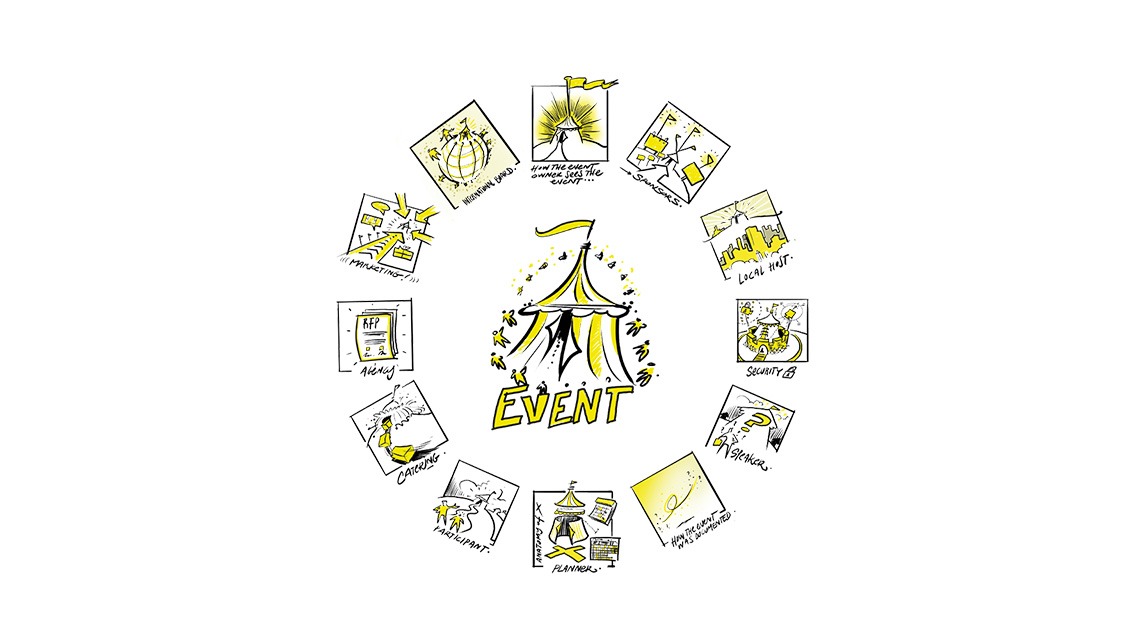How to harness multiple points of view
Editor’s note: This is an excerpt from the book “Design to Change” by Ruud Janssen, Roel Frissen and Dennis Luijer. Download the book and read more at designtochange.online Join the discussion of this chapter on The Smart Connection LinkedIn page.
A common frustration for collaborators is that others do not see what you have carefully considered. They re-introduce ideas that you have analyzed and wisely dismissed. They question basic principles that you have tested and identified as fundamental. They are disinterested in or do not follow your explanations. They insist on ideas that fail to meet what you understand to be the goal.
The pain question in this chapter is: Why don’t others see it like I do?
The gain question is: How can we, as a group, harness multiple perspectives?
Be watchful when you think about the terms “other” and “they.” To everyone else, you are also “they”. Your insight may be researched and trail-blazing, but you are not the only thinker in the room. There is no alignment of one. You cannot lead alone and without input. Successful leaders know this. Reciprocal empathy is the answer, and it is practiced in the analysis of perspective.
If we look at an event, the two most important perspectives for the event owner are risk and reward. Reward is about how the event will improve the condition of the organization. In other words, how will it connect to achieving its strategic goals? And as an event owner, I would love to see events positioned as part of an entire program. So, not solely an event, but part of a program to achieve something. That creates value in the eyes of your leader.
Now, the other part of the coin is risk. With every single initiative we take, we are exposed to risk. So, my other question would be how are you going to manage the biggest risk of the event and ensure that things work out fine? This is a very, very important consideration.
So here is the thing, whenever you talk about events and you look at that perspective, I would love to hear your connection to rewards. How would it improve my condition? But especially, how will it address risks so everyone can sleep at night. What are we going to do to minimize exposure?
Ask yourself these questions:
- How would you address risk and reward with your event owner in your next conversation?
- What question would you ask to see it like they do?
Click here to access an interactive worksheet on this topic from EventCanvas.
This article appears in the digital-only July and July/August 2023 issue. You can subscribe to the magazine here.




